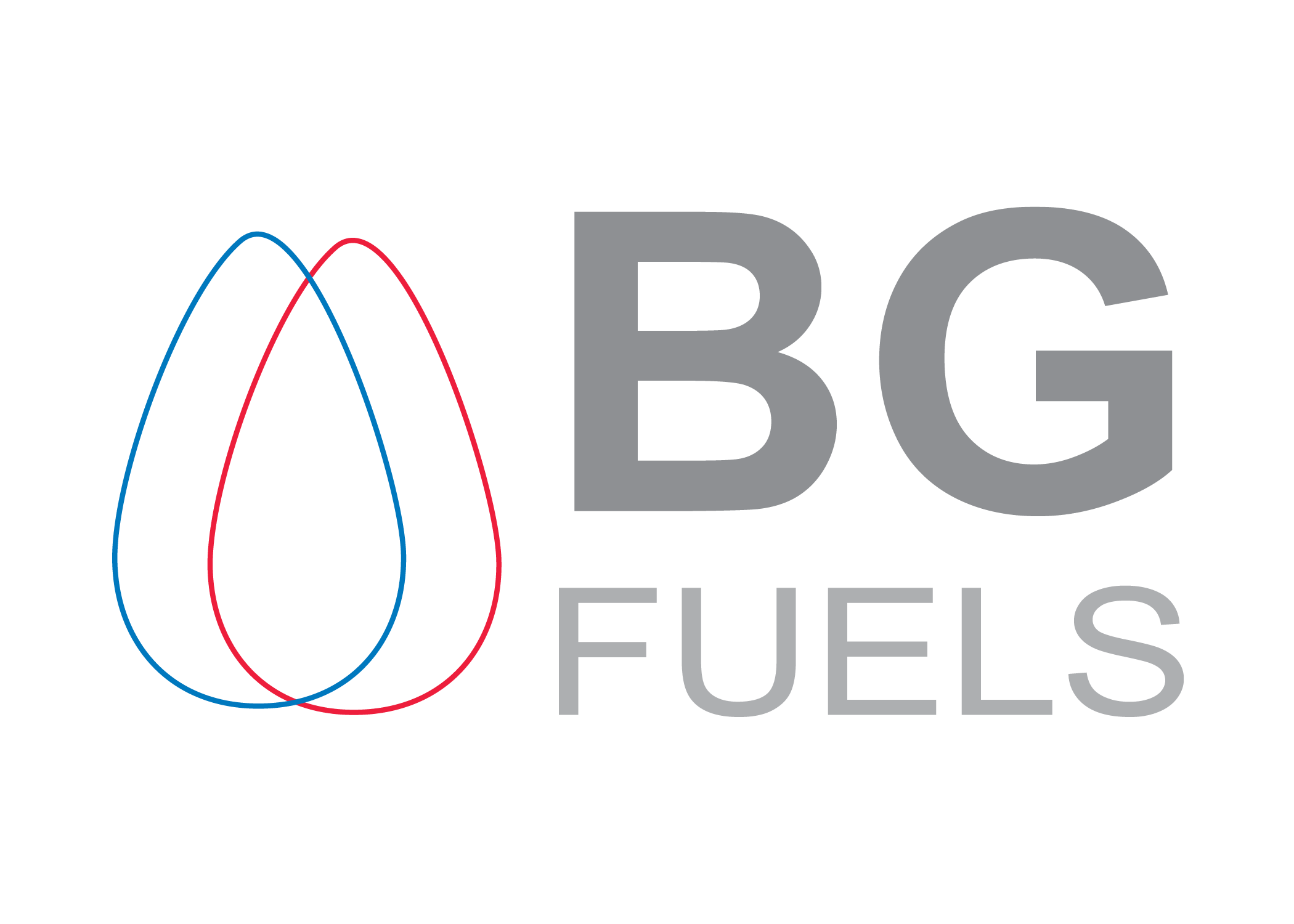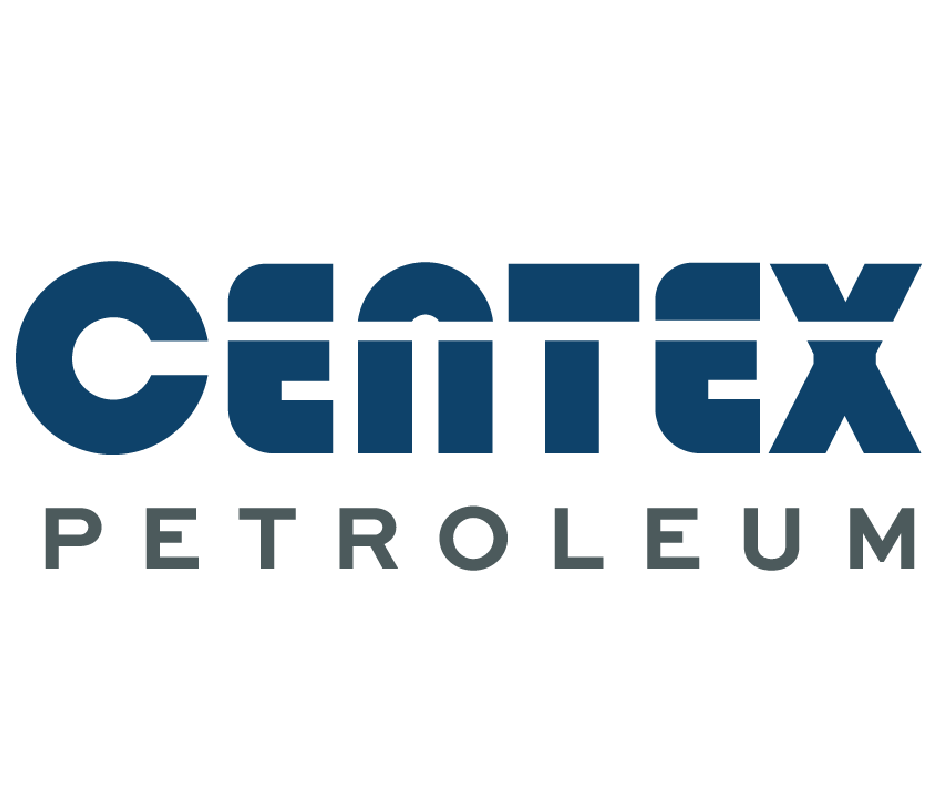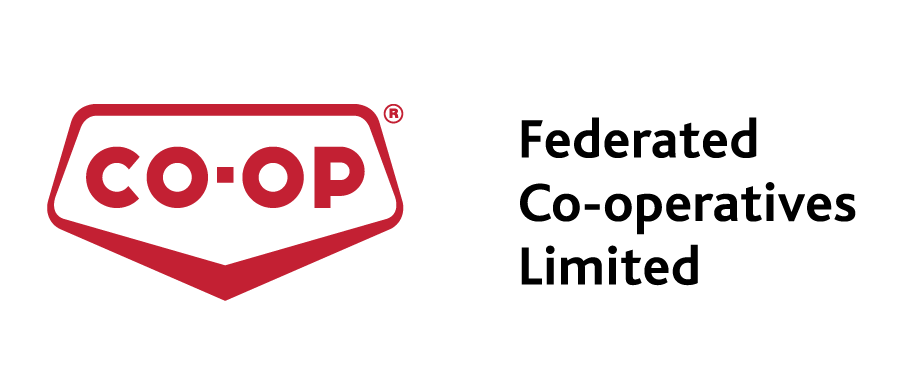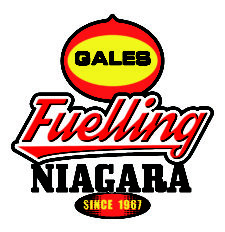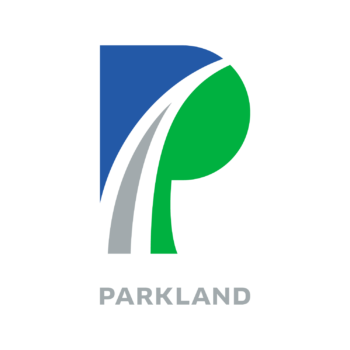Northern Ontario Pump Prices Explained - by Kent Group
March 27, 2019
Gasoline prices in Canada can vary from one province to the next, from one city to the next, and even within the same city or along the same street. Recently, there has been some interest in examining the relative disparity of gas prices between Northern and Southern Ontario. Greg Rickford, a northern Ontario MPP and current Minister of Energy, Mines, Northern Development and Indigenous Affairs called for the Competition Bureau to probe Northern Ontario fuel prices. This article will provide a general explanation of why these differences can exist and why at times the prices in these two regions seem to move independently of one another.
Pump prices are made up of four main components: crude costs, refining costs, marketing costs, and taxes. These components can vary between provinces, but can also vary within a province, as shown in Figure 1. A comparison of average 2018 gasoline prices for select cities in Canada shows that Northern Ontario prices were higher than those in Southern Ontario, and differences are exhibited in each of the price components listed.
2018 Gasoline Pump Price Components, Select Cities
Crude oil is a commodity which is traded in the global marketplace and its fluctuations are largely a result of global supply and demand conditions. Refining margins are determined by the difference between the cost of crude oil input into a refinery and the price of the wholesale refined product sold by the refiner to a fuel marketer/retail site. Refining margins for gasoline tend to fluctuate on a regular seasonal basis, rising in response to strong summer demand and falling in winter during times of lower demand. Refining margins can also vary in response to regional inventory levels and supply dynamics, supply logistics (competitive markets are formed where they are connected by pipelines, rail, and marine transport), and the costs associated with moving refined products from the point of production (the refinery) to the point of consumption (the retail fuel site). Figure 1 shows that wholesale prices in Ontario were not uniform in 2018; in Northern Ontario the wholesale price of gasoline averaged roughly 81 cents per litre, similar to Western Canadian markets like Winnipeg, while wholesale prices in Southern Ontario averaged roughly 76 cents per litre.
Ontario Refined Petroleum Products Infrastructure
To understand why Northern Ontario wholesale gasoline prices more closely matched those of Winnipeg and not those of Southern Ontario, we must examine the infrastructure involved in transporting finished petroleum products to retail stations in Ontario. Most of Ontario largely depends on gasoline produced from four Southern Ontario refineries and one Quebec refinery (Montreal). Finished petroleum products are generally transported from those refineries to primary distribution terminals in Southern Ontario by pipeline, the most cost-effective mode to move petroleum products. Northern Ontario terminals are further from points of production and do not have access to refined product pipelines, meaning terminals in Sault Ste Marie or Thunder Bay are supplied via marine transport, rail, or tanker trucks. Marine supply is a relatively cost-effective method to move refined product but is only available when weather cooperates; most northern terminals would have access to petroleum products via rail, a more expensive but reliable method to transport petroleum products. If rail is not available, petroleum products could be delivered by tanker truck to a distribution terminal; however, this method is by far the most expensive mode of transportation. Generally, the longer the distance a product is transported by either rail or truck, the higher the expense.
Thunder Bay and other Northwestern Ontario markets are unique; while they can be served by refineries in the central Canada (Ontario/Quebec), they are most closely linked to markets in western Canadian, being supplied mainly by rail and tanker truck from Winnipeg. Therefore, wholesale gasoline prices in Northwestern Ontario are most often influenced by wholesale prices in western Canada, and they can at times move completely independently of prices in Southern Ontario.
Weekly Thunder Bay, Winnipeg, & Sarnia Wholesale Gasoline Prices, 2016-2018
Thunder Bay’s wholesale gasoline prices have consistently followed Winnipeg’s prices more closely than prices in Southern Ontario, showing a small but steady differential to Winnipeg that has shifted with changes in the cost and availability of transport capacity. Since the terminal in Thunder Bay supplies a large number of bulk plants throughout Northwestern Ontario, higher prices at this terminal in late-2018 (caused by western Canadian market conditions) meant wholesale prices in many other Northwestern Ontario markets remained high and moved independently of those in Southern Ontario.
Another component of the pump price that influences retail prices is the marketing margin, which is defined as the difference between the pump price (with taxes removed) and the wholesale price. The marketing margin must cover a broad range of costs such as the transportation of petroleum products from distribution terminals to the gas station, all operating costs of the gas station, as well as any profit for the retailer. This portion of the pump price can vary by station due to factors such as: distance from a primary terminal (greater distance means a higher cost), retail throughputs (a higher volume of gasoline sold at a station often means there is a smaller fuel margin needed to cover costs), and revenue for ancillary offerings (more revenue from non-fuel sales such as convenience store goods, restaurants, or car washes generally means less margin required from fuel).
Despite the fact that margin requirements can vary by site, Northern Ontario gas stations have (on average) a higher margin need due to higher transportation costs and lower average station throughput. Unless revenue from ancillary offerings makes up the difference, average marketing margins are likely to be higher in Northern Ontario to meet their higher fuel margin requirement. Figure 1 shows that the average marketing margin in Thunder Bay was 11.3 cents per litre in 2018, while Winnipeg’s was 5.4 cents per litre; this was partly a consequence of Winnipeg’s average site throughput being 35 percent higher than Thunder Bay.
Lastly, the pump price includes a tax component, and though most petroleum taxes are set at a fixed rate, pump prices in Ontario include the Harmonized Sales Tax (HST), which is calculated on a percentage basis and varies with price. Higher Northern Ontario wholesale prices and higher marketing margins translate to a higher amount of HST than what is included in Southern Ontario prices. In 2018, the average price per litre in Thunder Bay included an additional 1.7 cents per litre of HST when compared with Sarnia.
Northern Ontario gasoline prices are often higher than those in Southern Ontario, and it is common for those prices (particularly those in the region surrounding Thunder Bay) to move independently of prices in Southern Ontario. The reasons for this are varied: higher costs to transport products to Northern Ontario, lower average throughputs and higher distribution costs contributing to higher marketing margins, and the influence of Western wholesale markets. This unique combination of factors can help explain what may be viewed as anomalous pricing in Northern Ontario.



